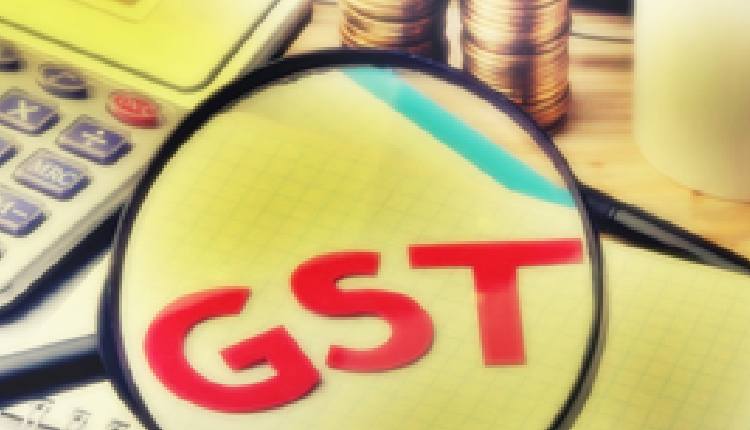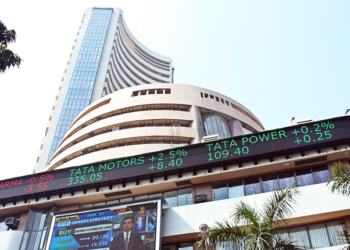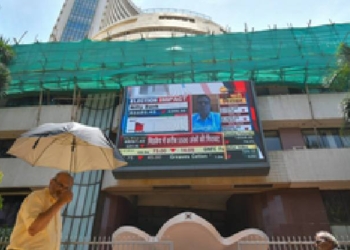New Delhi: The Goods and Services Tax (GST) overhaul, which comes into effect from September 22, is a significant shift aimed at stimulating growth through consumption-led strategies, especially as indirect taxes are regressive in nature, a report said on Friday.
“The loss to the exchequer is estimated at 0.14 per cent of GDP, with states possibly taking a larger hit. However, with the compensation cess ceasing to exist (nearly 0.5 per cent of GDP), there is a de facto demand boost for the economy, even as that revenue was not allowed to be used for fiscal budgetary flows,” Emkay said in a report.
According to Emkay, this strengthens the longstanding sectoral rotation theme of ‘consumption over capex’.
“Similarly, such tax changes would add over 0.6 per cent of GDP to domestic demand on an annualised basis and should boost (mass) consumption in FMCG, consumer durables, autos, and similar sectors,” the report stated.
The government estimates GST changes-led net revenue loss of Rs 480 billion (0.14 per cent of GDP), with gross revenue loss at Rs 930 billion, while the new category of sin/luxury tax would provide additional revenue of Rs 450 billion, the report noted.
Static calculations have been made using the FY24 consumption basket as the base. This would ease some of the fiscal slippage fear in the bond market.
The report estimated that some buffers may be available in the form of higher non-tax revenue, helped by higher RBI and PSU dividends as well as possible divestment in IDBI and public sector banks’ (PSBs’) stake sales.
The GST rationalisation, which was approved by the GST Council, will lead to a shift toward a dual-slab structure from September 22. The 5 per cent and 18 per cent GST slab, replacing the current 4-tier structure, along with a 40 per cent slab for luxury and sin goods (mostly intoxicants).
(IANS)
















